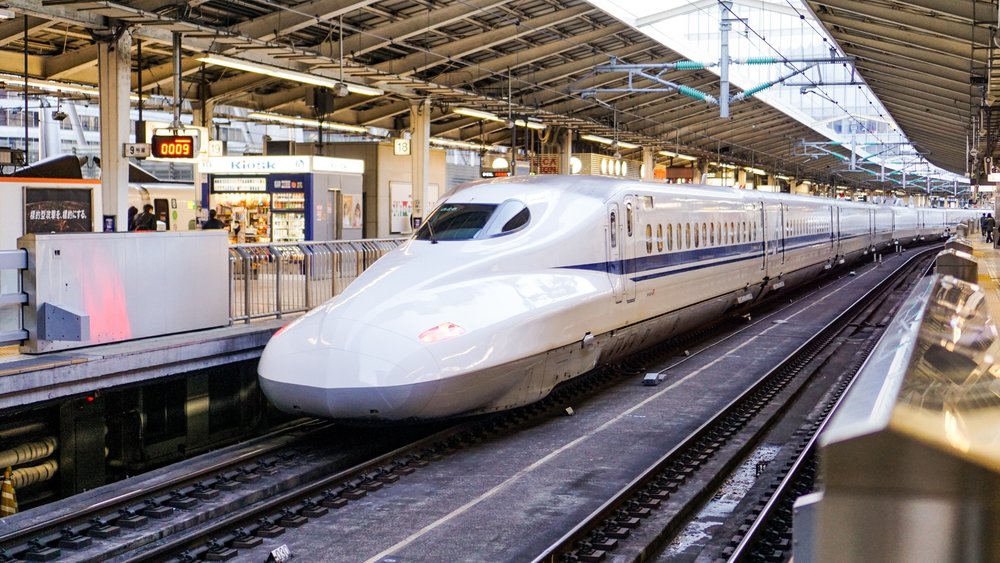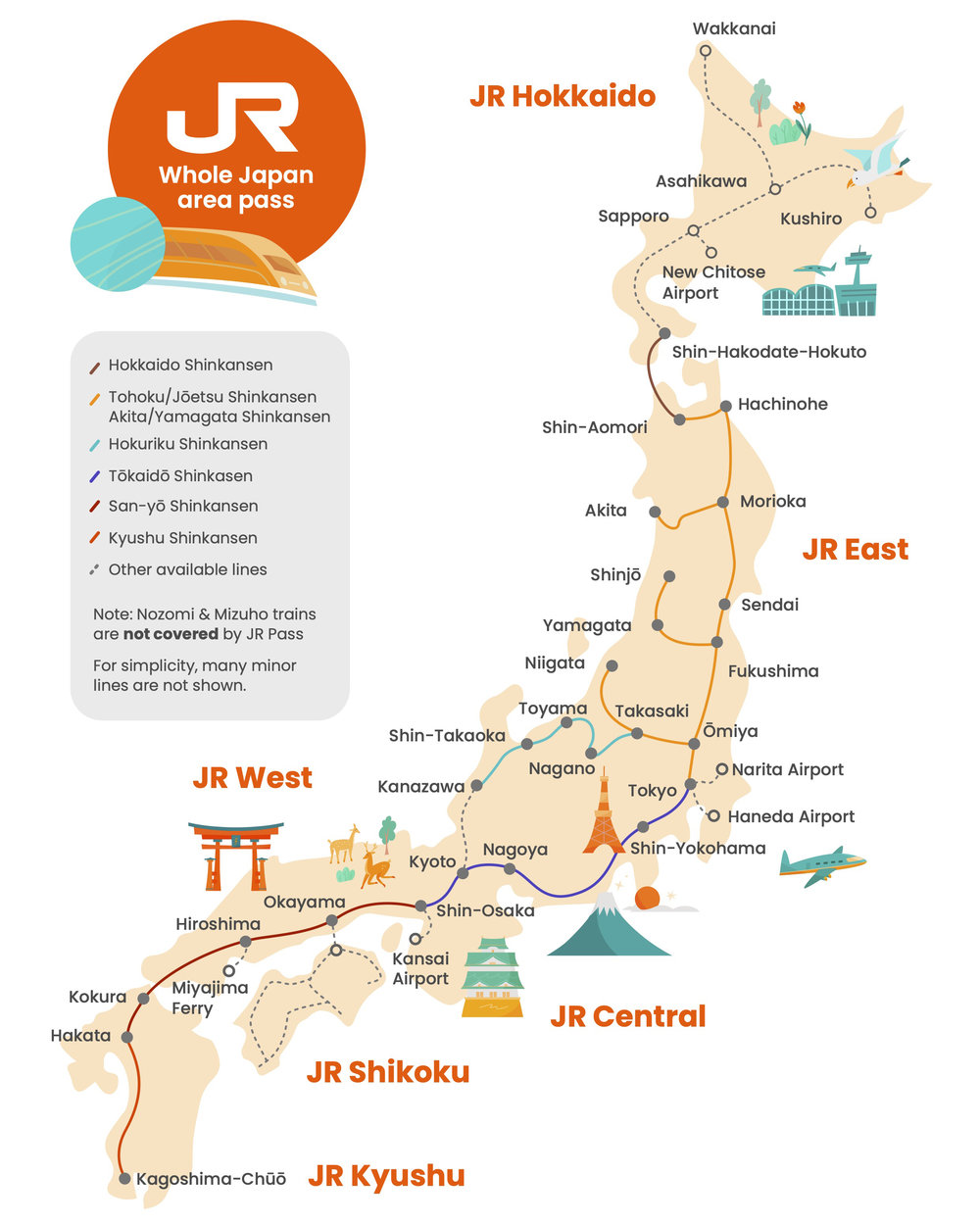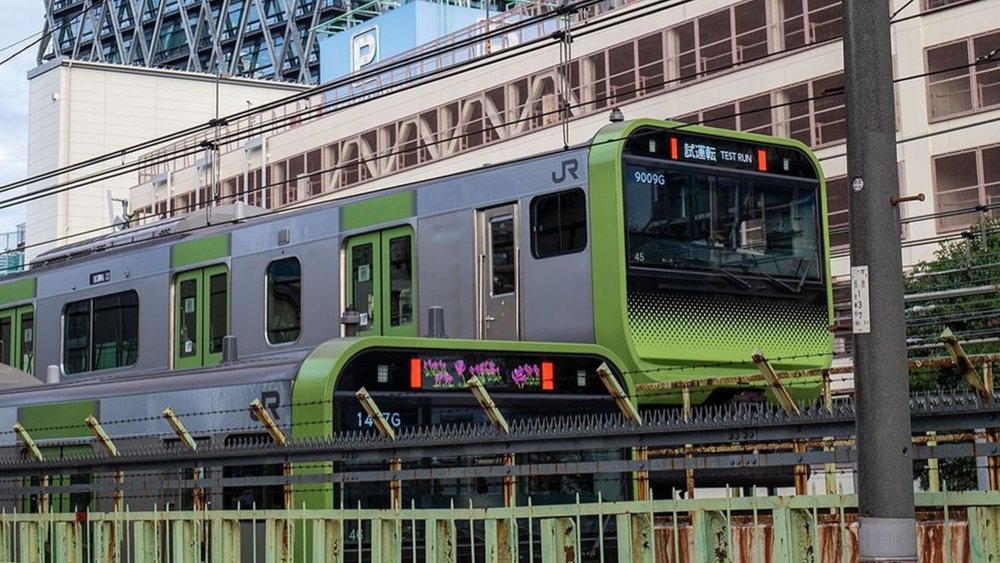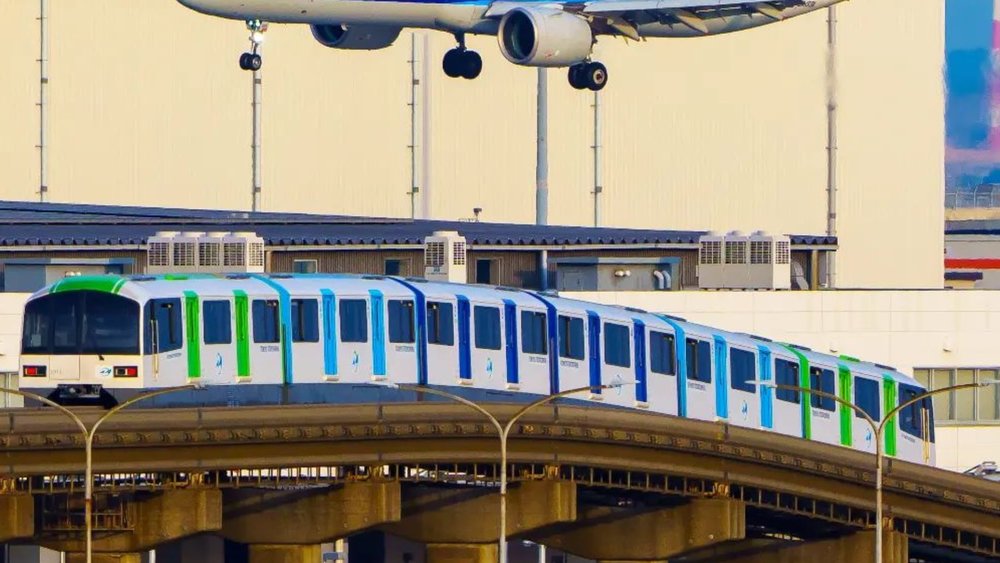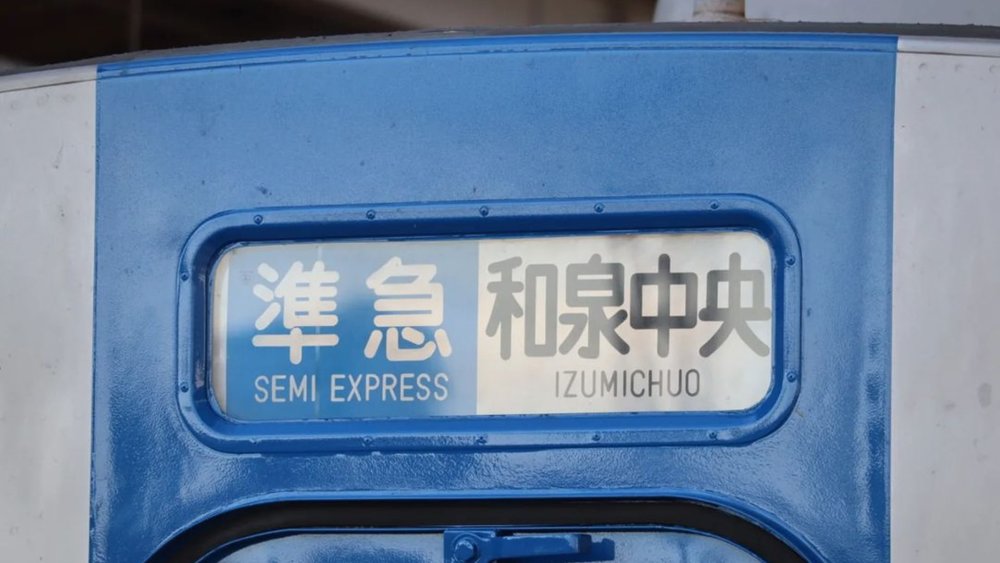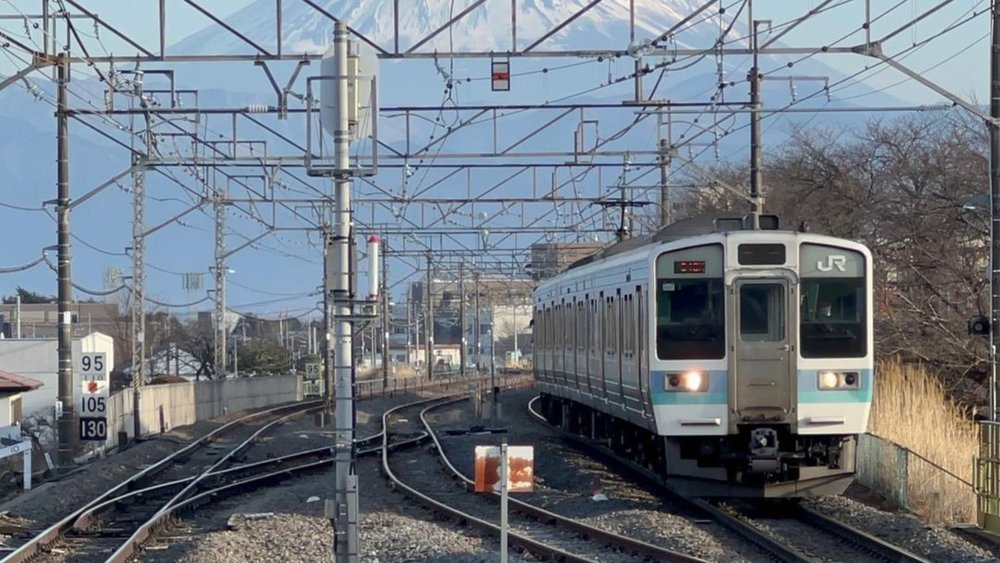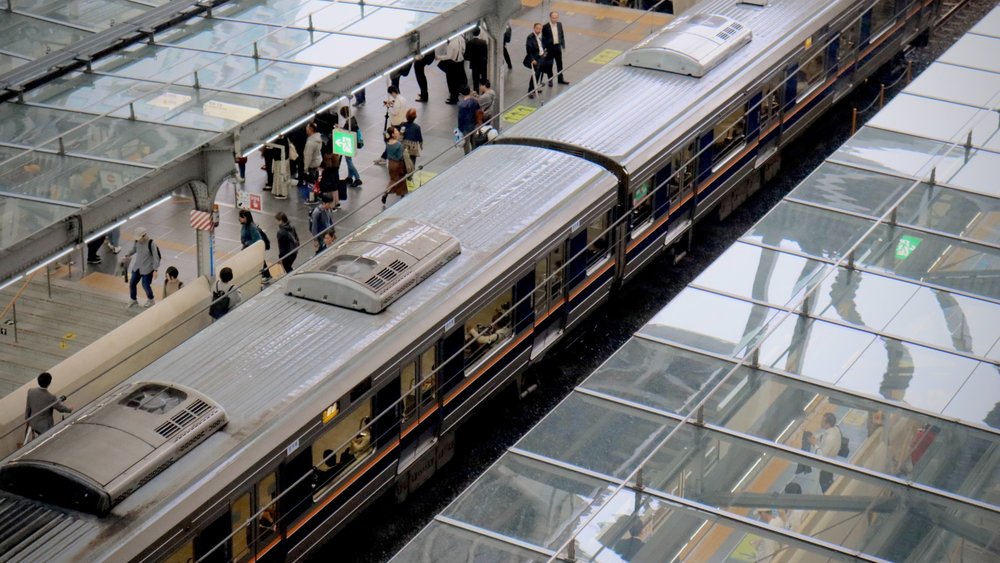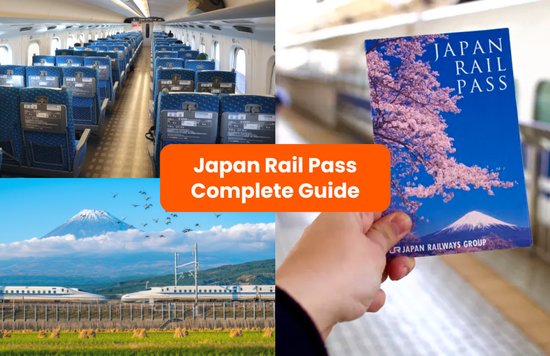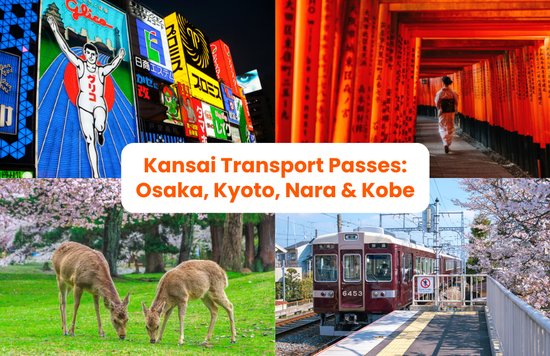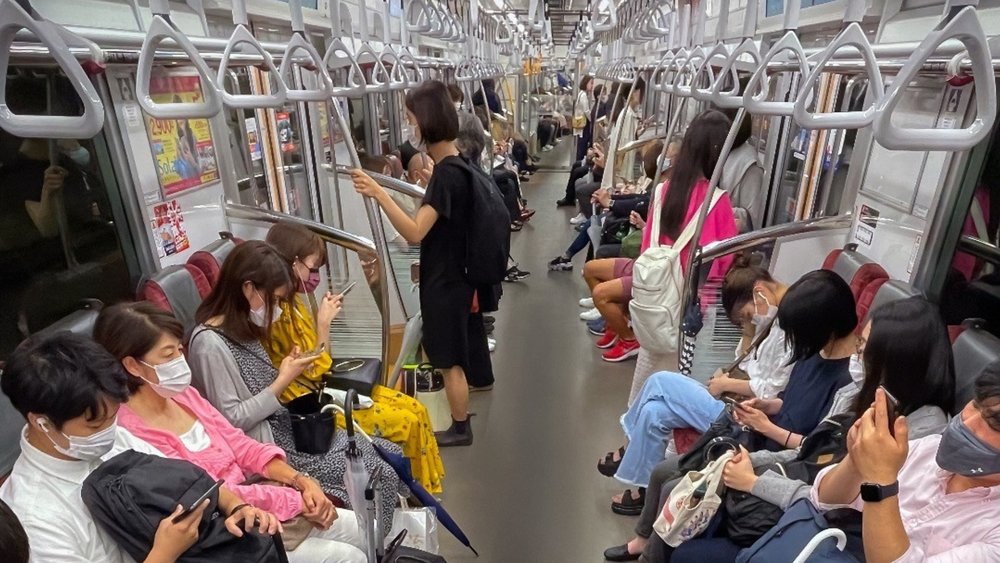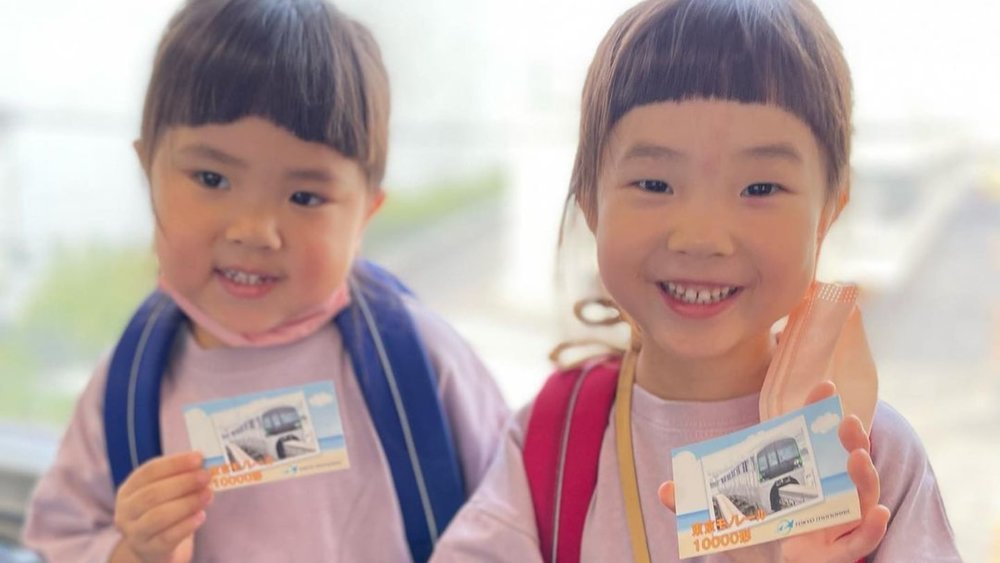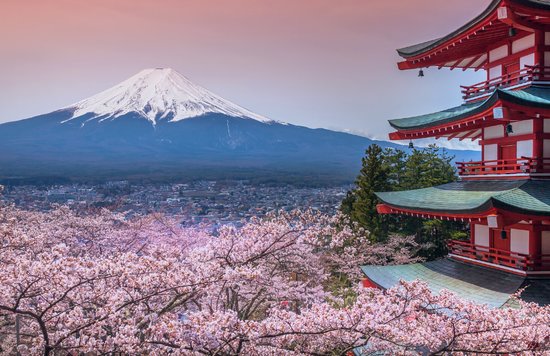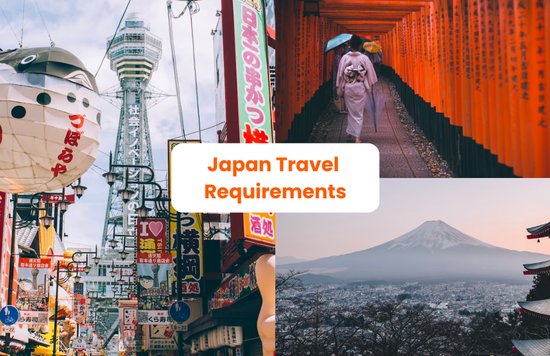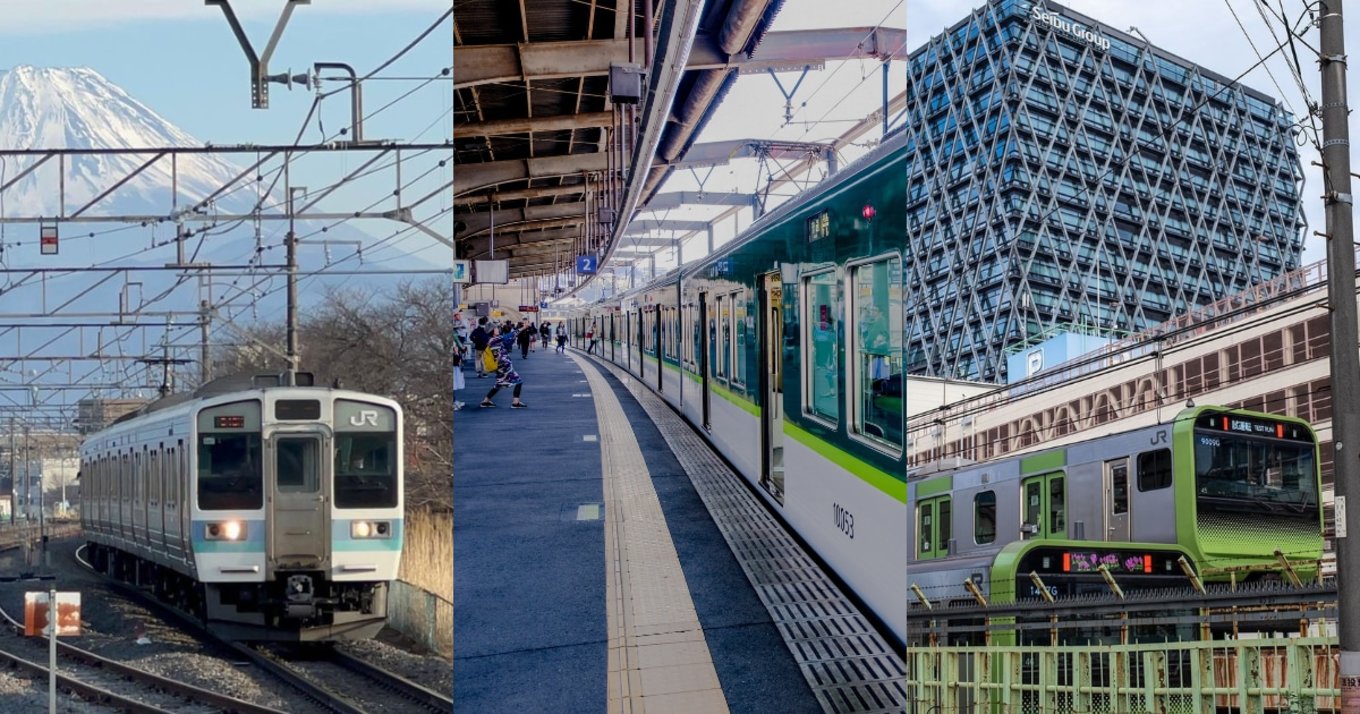
Image credits: @icydogpod and @ukat_travel_stroll on Instagram, topcools tee on Unsplash
A beginner's guide to Japan Trains 2023
Trains in
Japan are well-known for being modern, always on time, and super convenient. In fact, Japanese trains are among the fastest in the world! There are six different types of trains you can hop aboard: the famous
Shinkansen (aka Japanese bullet trains), local trains, express, limited express, and heaps more.
Sounds dizzying? Never fear! We’ll walk you through each and every train in Japan:
Shinkansen
Local
Express
Semi-Express
Rapid
Limited Express
1. Shinkansen 新幹線
No introductions needed: the Shinkansen (a.k.a. bullet trains) are the fastest trains in Japan, perhaps even the world! Thanks to the genius of Japanese engineers, you can speed from Tokyo to Osaka in just under three hours. The Shinkansen bullet train can achieve a startling speed of 320 kilometres per hour, yet it feels incredibly smooth when riding it. An experience worth its price!
In total, there are
nine Shinkansen train lines you can take. The routes cover the northernmost island of Hokkaido to Japan’s southern tip, Kyushu. The rail system connects almost every major city in the country, thus making it easy to discover all of Japan, apart from Tokyo. You can now purchase
one-way Shinkansen tickets and have them delivered to your hotel in Japan!
Name | Route | Stops | Operator |
Tokaido Shinkansen | Tokyo - Shin-Osaka | Shinagawa, Shin-Yokohama, Odawara, Atami, Nagoya, Kyoto | JR Central |
Sanyo Shinkansen | Shin-Osaka – Hakata | Shin-Kobe, Himeji, Okayama, Hiroshima, Shin-Shimonoseki | JR West |
Tohoku Shinkansen | Tokyo – Shin-Aomori | Utsunomiya, Fukushima, Sendai, Morioka | JR East |
Kyushu Shinkansen | Hakata – Kagoshima | Shin-Tosu, Kumamoto | JR Kyushu, JR West |
Joetsu Shinkansen | Tokyo – Niigata | Ueno, Takasaki, Echigo-Yuzawa, Tsubame-Sanjo | JR East |
Hokuriku Shinkansen | Takasaki – Kanazawa | Ueda, Nagano, Toyama, Shin-Takaoka | JR East, JR West |
Hokkaido Shinkansen | Shin-Aomori – Shin-Hakodate-Hokuto | Okutsugaru-Imabetsu, Kikonai | JR Hokkaido |
Akita Shinkansen | Morioka – Akita | Morioka, Shizukuishi, Tazawako, Kakunodate | JR East |
Yamagata Shinkansen | Fukushima – Shinjo | Yonezawa, Takajata, Akayu, Yamagata, Murayama, Oishida | JR East |
#KlookTip: All
Shinkansen trains are owned by the Japan Railway Company, so you can use your
JR Pass for Whole Japan to enjoy up to 21 days of unlimited train travel across the country on most of these lines!
2. Local 普通
If your travel plans involve exploring every corner of a city, you’ll likely be riding the local trains a lot. Local Japanese trains, such as those under the
Yamanote line in Tokyo and the
Osaka Loop line, go from point A to point B, stopping at every station in the route.
Because this train has the most stops, it’s also the slowest of all the Japanese trains. But don’t sweat! In exchange, you’ll get to know the city like the back of your hand!
#KlookTip: Look out for the “各駅停車” (meaning: this train stops at every station) on the signboard to check whether the incoming train is a local train.
3. Express 急行
While you’re touring Japan, make sure you look out for
Express trains to save on your travelling time. Express trains only stop at notable stations. Often, these kinds of trains include airport transfers, such as the
Tokyo Monorail, which goes to Haneda International Airport,
Narita Express to Narita International Airport, and
Haruka Express to Kansai International Airport.
4. Semi-Express 準急
Semi-Express trains are different from express trains in the way that semi-express trains skip only selected stations so that it wouldn’t be as packed during rush hour.
5. Rapid 快速
Wanna see Japan’s most popular tourist spots before it gets crowded? Take the Rapid train! Rapid trains are similar to semi-express, but it’s much quicker, with fewer stops. And the best thing yet, is you don’t need to pay a special fare! You can just board them using regular train tickets.
6. Limited Express 特急
Limited Express is also known as special express. This train stops only at the
busiest train stations across Japan, such as Sapporo, Nagano, Osaka, Kyoto, and heaps more. Limited Express trains have the fewest stops, so they’ll get you to your destination in a flash, which is best for long-distance travel:
Limited Express Kamui and Lilac (Sapporo and Asahikawa)
Limited Express Shinano (Nagoya and Nagano)
Limited Express Shirayuki (Joetsu-Myoko and Niigata)
Limited Express Hokuto (Sapporo and Hakodate)
Limited Express Thunderbird (Osaka and Kyoto)
Limited Express Kawasemi Yamasemi (Kumamoto and Hitoyoshi)
Limited Express Hitachi and Tokiwa (Shinagawa, Tokyo, Ueno, Katsuta, and Iwaki)
Limited Express Inaji (Toyohashi and Iida)
Limited Express Shiosai (Tokyo, Choshi, Naruto, and Sakura)
Limited Express Wakashio (Tokyo, Kazusa-Ichinomiya, Katsuura, and Awa-Kamogawa)
Limited Express Sazanami (Tokyo and Kimizu)
Limited Express Super Oki (Tottori, Yonago, and Shin-Yamaguchi)
Limited Express Super Matsukaze (Tottori, Yonago, and Masuda)
Limited Express Hamakaze (Tottori, Hamasaka, Kasumi, Osaka, Kobe, and Himeji)
Limited Express Super Hakuto (Tottori, Osaka, and Kyoto)
Limited Express A Ressha de Ikou/ A-Train (Amakasua and Kumamoto)
Limited Express Soya (Sapporo, Asahikawa, and Wakkanai)
Limited Express Ibusuki no Tamatebako (Kagoshima-Chuo and Ibusuki)
You can check the full list of limited express trains
here.
Of course, this comes with a price. Most rail companies with limited express services charge passengers an extra fee, so prepare to shell out a few more bucks. But if you've got a JR Pass, then you're covered and you've got nothing to worry about!
Are there other types of trains in Japan I need to know about?
Phew that wasn’t a lot, was it? Besides the six main train types, you should also look out for commuter rapid trains that operate during rush hour and the holiday rapid trains that run on weekends and holidays. Dizzying? We know, but trust us, once you get the hang of Japanese trains, travel will be a breeze!
Types of Railway Operators
Japan Railway (JR)
The Japan Railways (JR) was once a government-owned railway. Today, it’s Japan’s leading train company, with a vast network of trains throughout the country. From scenic and local trains to limited express and shinkansen, you’ll likely be riding at least one or two JR trains throughout the trip.
#KlookTip: Make your Japan trip shine with a
JR Pass, and travel city to city with just one train ticket. The JR Pass lets you hop aboard all JR trains and enjoy unlimited travel from seven to 21 days max!
Private trains
Train travel in Japan isn’t only limited to JR trains; there are also 16 major railways owned by private companies that you can ride. These trains often provide passenger service between major cities and commuter services in urban areas. Each railway company has its own separate routes, as well as ones that overlap with JR trains and other train tracks for more convenient travel:
Tobu Railway
Seibu Railway
Keisei Electric Railway
Keio Corporation
Odakyu Electric Railway
Tokyu Railways
Keikyu Corporation
Tokyo Metro
Sotetsu Holdings
Nagoya Railroad
Kintetsu Railway
Nankai Electric Railway
Keihan Electric Railway
Hankyu Railway
Hanshin Electric Railway
Nishi-Nippon Railroad
#KlookTip: These routes are not covered by the JR Passes. Separate train passes may be available for selected companies and are often cheaper than the JR Passes, yet still connecting you to many of the cities you would be visiting.
Public trains
Public trains in Japan are operated by, you guessed it, the government. In Tokyo, you can get the
Tokyo Subway Ticket that gives you up to 3 days of unlimited travel on the Tokyo Metro and Toei Subway lines. There's a similar
Osaka Metro Pass that will bring you to most places you want to visit in Osaka!
#KlookTip: If you are planning to use public transportation in Japan quite a bit, which you should, then getting a Suica or
ICOCA card would make things easier. It’s Japan’s EZ-Link card equivalent. And instead of getting a physical one, you can now add one directly to your
iPhone Wallet app and top it up using Apple Pay.
How do I know which train ticket to buy?
With so many trains in Japan, buying the correct train tickets can sound like a tough job. Well great news, it doesn’t have to be! Check out our nifty search tool to filter out which is the best JR Pass for you!
#KlookTip: Download
Japan Travel by Navitime. If you plan to travel a lot via trains and buses, this app will give you the best route recommendations. You can also select which JR Pass you have for it to show you options that are covered by your pass. [
Apple Store |
Google Play]
Get ready to explore Japan with us!


